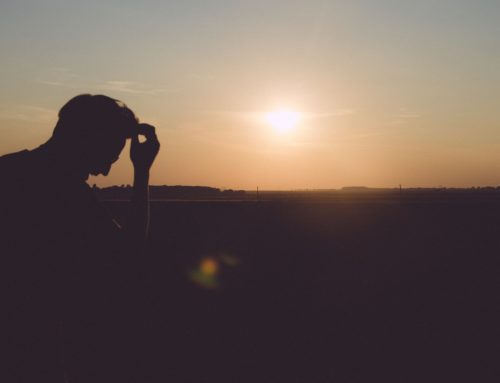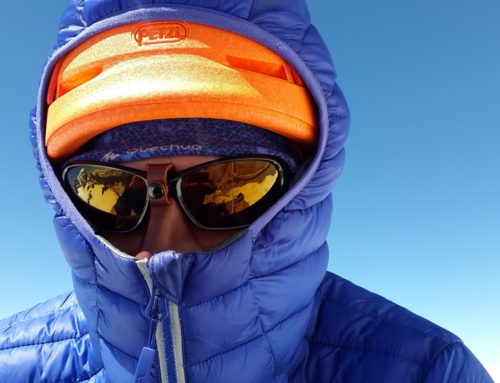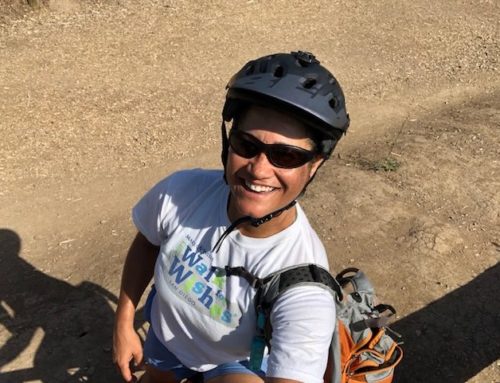Backpacking Bridges Hiking and Camping

Clean Water in Mountain Lagoon
If you enjoy camping, you should really give backpacking a try. Most times you will camp in several different locations, so you really get a chance to see the lay of the land from different perspectives. But most importantly you get away from the crowds, which is the reason you began camping in the first place, right?
I decided to write this week’s blog article on backpacking because yesterday I started planning our upcoming backpacking trip. Since I already put quite a bit of research into the location we plan to pack, I figured I might as well turn it into an article. So this will be the first in a 2-part series where I talk about how I choose a general location, and next week I’ll go deeper into packing essentials and how they differ from camping essentials.
If you are unfamiliar with outdoor areas, you may not know that many national parks as well as state parks usually do not allow dogs on trails. Since bringing our pup is a key ingredient of the whole experience, we learned years ago to stick to national forests. While they often stand alone, they also often surround national and state parks. So that is where I begin, I first identify what national forest is within our travel distance and allotted time. From there, I identify the wilderness areas within that particular forest.

Bodie – Backpacking Dog
Dirt and Water
When researching wilderness areas, I have 2 main criteria:
1) Is it accessible by trail?
2) Is there a lake, river, or stream?
It’s much easier to traverse on trails than making your way through brush. Times past we’ve done 5-day trips, so not having to carry enough water for 5 days is a definite benefit. Let’s face it, it’s very heavy and every pound counts. It’s much easier to pack enough water to get you to a water source and filter it from that point.
We’ve backpacked some beautiful areas of the country in Nevada and Oregon, incorporating some white water rafting into the ladder. So this year we set our sights on Arizona, and Tonto National Forest offers 2,873,200 acres. Within that are 8 wilderness areas making up 589,300 acres.
When you think “wilderness” think no motorized vehicles. So you won’t see trucks, motorcycles, snowmobiles, or other off-road vehicles, or even motorboats on any of the waterways. These areas are specifically set aside for camping, backpacking, hiking, fishing, mountaineering, rafting, canoeing and other adventures. The main means of travel in most wilderness areas is on foot or horseback. The Wilderness Act of 1964 provided a wonderful getaway from the hustle and bustle of city life, automation, and electronics.
This year I am hoping to incorporate kayaking and bow fishing into our trip. Of the 8 wilderness areas in Tonto National Forest, I think Hell’s Gate will be our best choice. But I won’t make a final decision until after I call the local rangers in that area for more details. One of the biggest draws for me is the wildlife along with the solitude that getting away provides. On most of our trips we’ve only seen one or two other people, and sometimes none. Hopefully this won’t be any different.
Melissa
OptimumCondition.com
(619) 252-4993
Empowering people through fitness, education, and coaching






